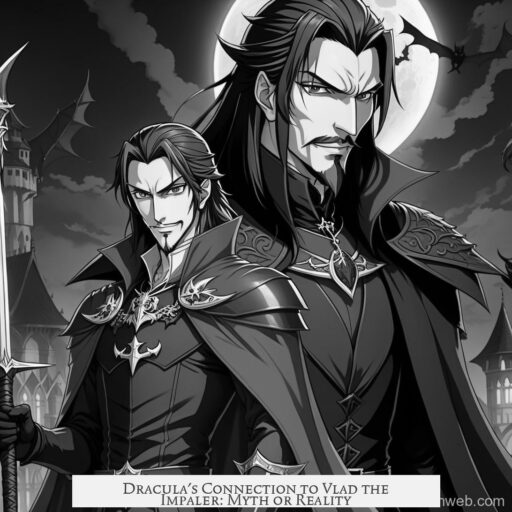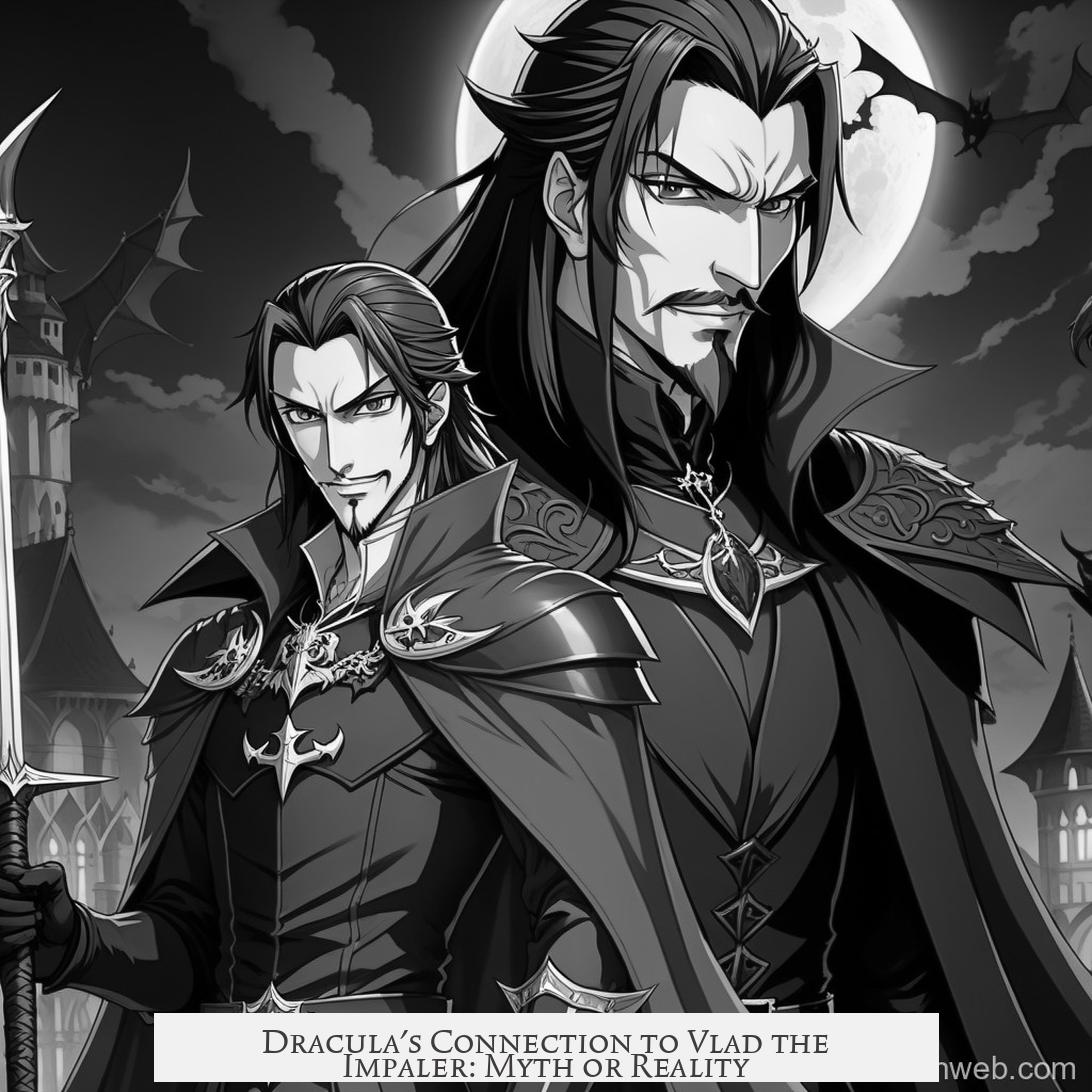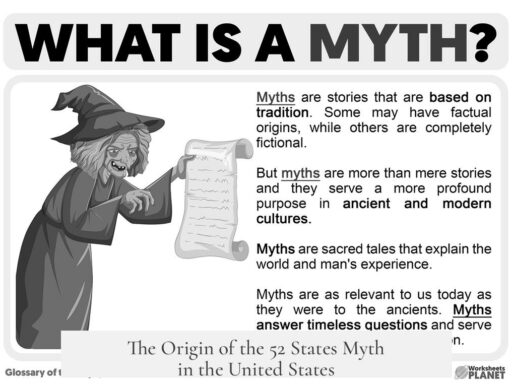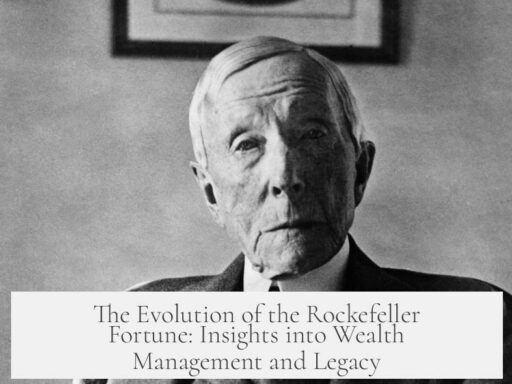Dracula is partially inspired by Vlad the Impaler, mainly through name and lineage, but the character itself is not a direct representation of Vlad. The idea that Bram Stoker’s fictional Count Dracula draws from Vlad III Dracula, known as Vlad the Impaler, gained traction largely due to researchers Radu Florescu and Raymond T. McNally. They linked the character to Vlad in their 1973 book In Search of Dracula: A True History of Dracula and Vampire Legends. However, significant scholarly debate exists on this point, and no consensus confirms Dracula as Vlad reincarnated or a literal vampire version of the historical figure.
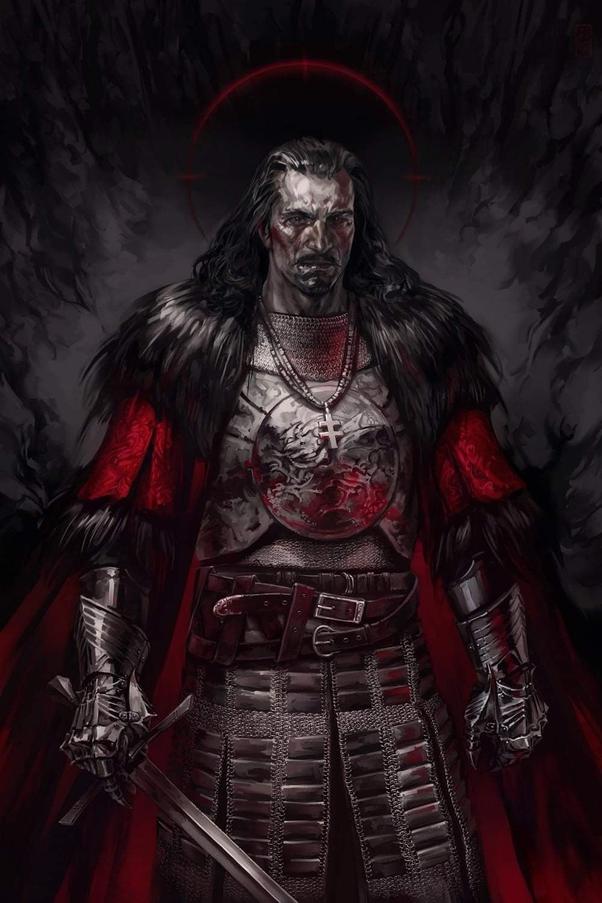
Vlad the Impaler’s name, Vlad III Draculae, directly connects him to the House of Draculesti, a noble Romanian family that ruled from the 15th to 17th centuries. The title ‘Dracula’ literally means ‘son of Dracul’ or ‘dragon,’ linking the fictional count’s name to real historical roots. Bram Stoker’s novel introduces Count Dracula as a Transylvanian noble living centuries after Vlad’s era, reinforcing an ancestral connection rather than identity.
Within Dracula, the count’s speech and stories hint at his noble heritage and battles that suggest someone from the vampiric Dracul line. For instance, the count references his kin who fought against the Turks, a nod to Vlad the Impaler’s military history. Still, the novel treats Dracula more as a fictional descendant from this line than Vlad himself. Literary tropes surrounding decayed nobility in remote castles further distance the character from being Vlad one-to-one.
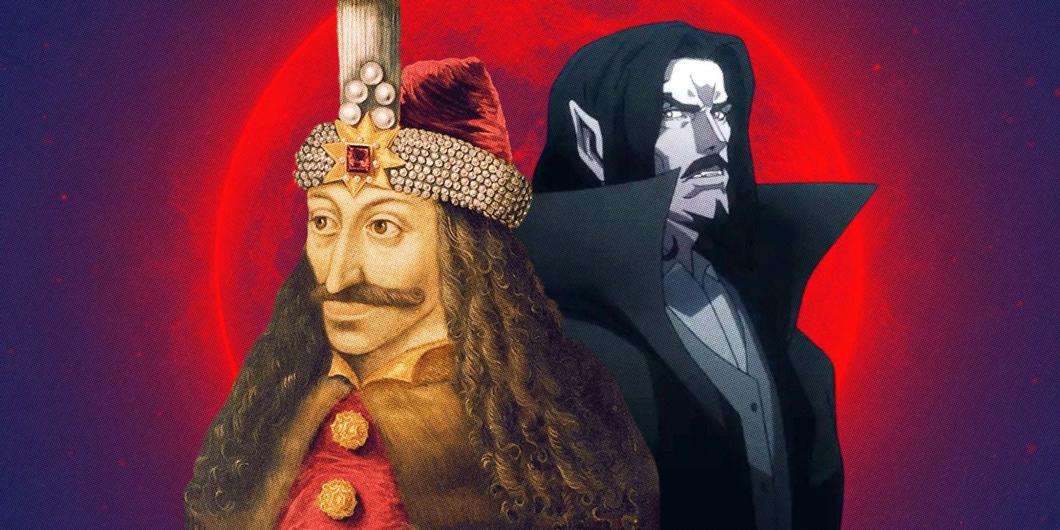
Count Dracula’s age and references to “we” when discussing his house imply a shared family legacy rather than a single individual who survived two centuries. Therefore, the character represents a fictional grasp at the Draculesti dynasty’s mystique rather than factual biography. The association blends history with Gothic fiction and vampire folklore, making Dracula a symbol embedded in cultural memory rather than a precise historical portrait.
- Dracula’s name and lineage tie him to Vlad the Impaler’s family but not directly to Vlad as a person.
- Bram Stoker’s novel presents Count Dracula as a descendant with mythical qualities, not the actual Vlad preserved as vampire.
- The connection popularized by Florescu and McNally sparked debate but remains unresolved in literary scholarship.
- The character mixes historical elements with common Gothic tropes: noble decay, castles, and vampirism.
Is Dracula Really Inspired by Vlad the Impaler?
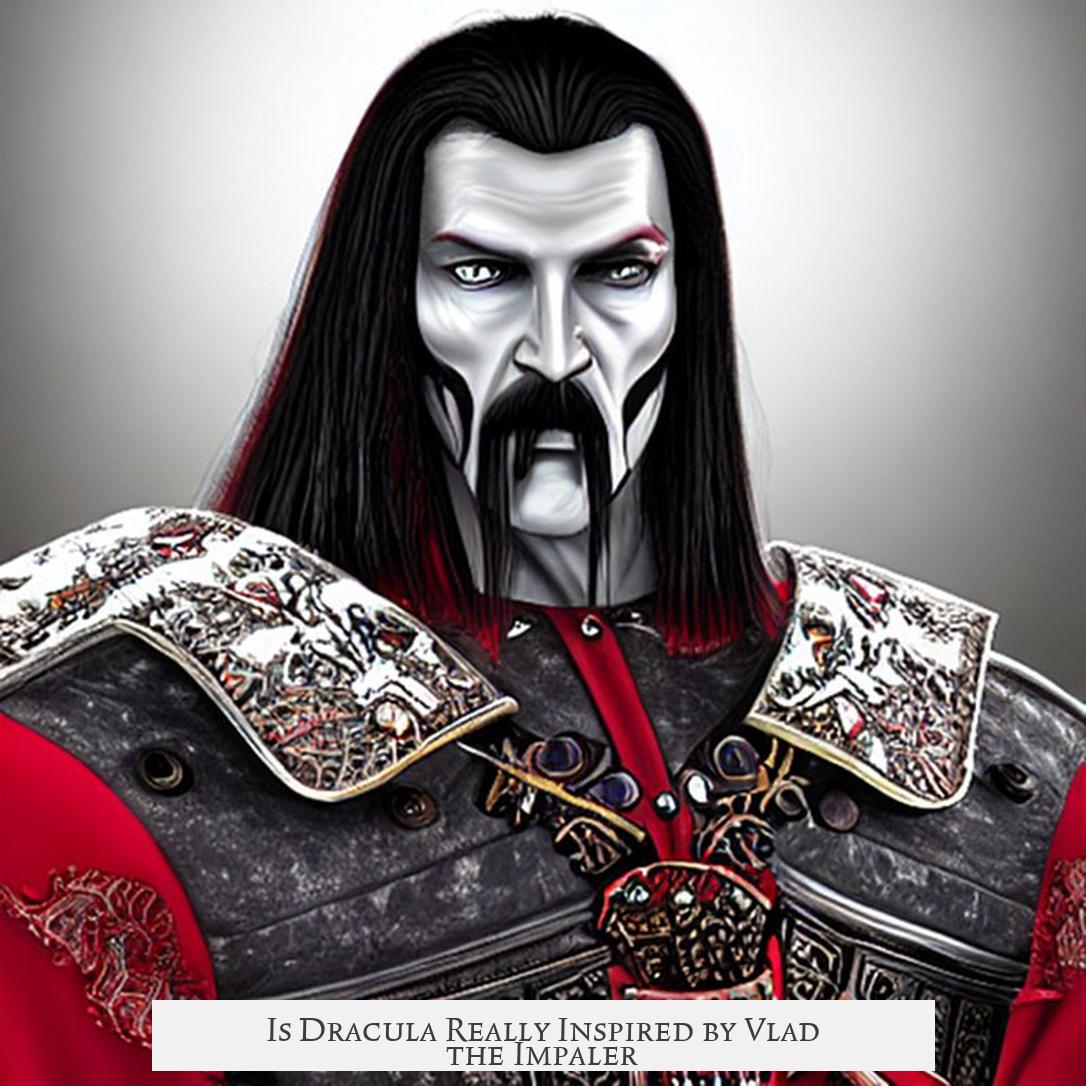
Yes, but with a twist. The famous vampire Count Dracula, as penned by Bram Stoker, draws inspiration from Vlad the Impaler—but not exactly in the way Hollywood horror movies might have you think. It’s a fascinating blend of history, family lineage, and literary creativity that makes this connection both real and surprisingly complex.
So, how did the story of a 15th-century Wallachian prince who earned a fearsome reputation for impaling his enemies become entangled with the myth of a vampire Count in a decaying Transylvanian castle? Let’s dig into this legend with sharper fangs and less blood dripping everywhere.
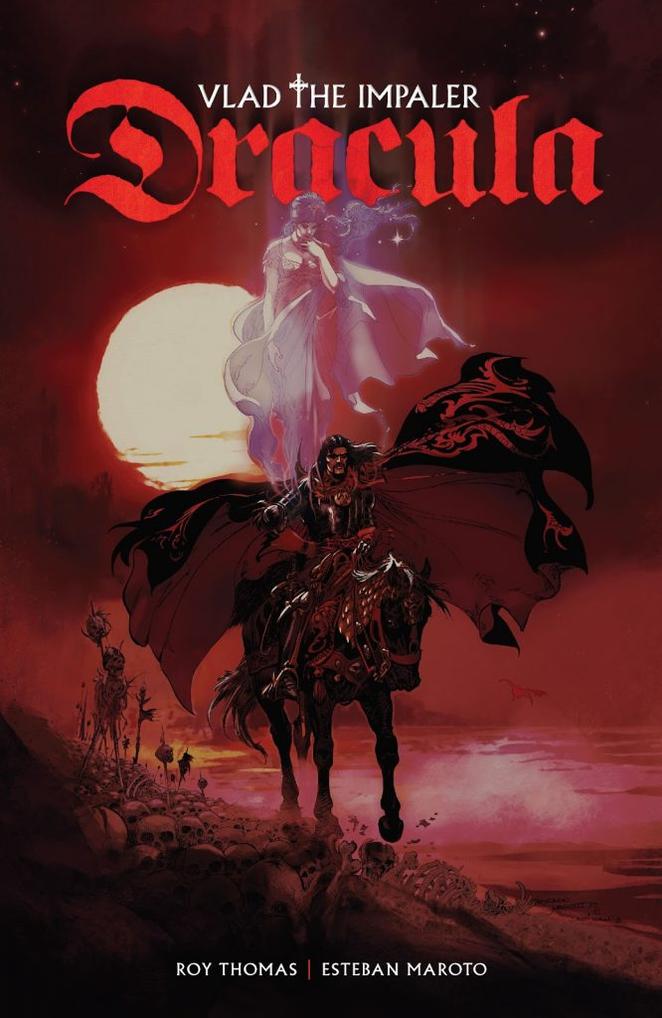
The Spark: Vlad the Impaler and the Draculesti Lineage
https://www.youtube.com/watch?v=LArsojUDzR4
Vlad III, better known as Vlad the Impaler, or Vlad Draculae in his full title, belonged to the House of Draculesti—a noble family ruling parts of Romania from the 15th to 17th centuries. The name “Dracula” literally means “son of Dracul,” where “Dracul” translates roughly as “dragon” or “devil” depending on whom you ask (and how dramatic they feel).
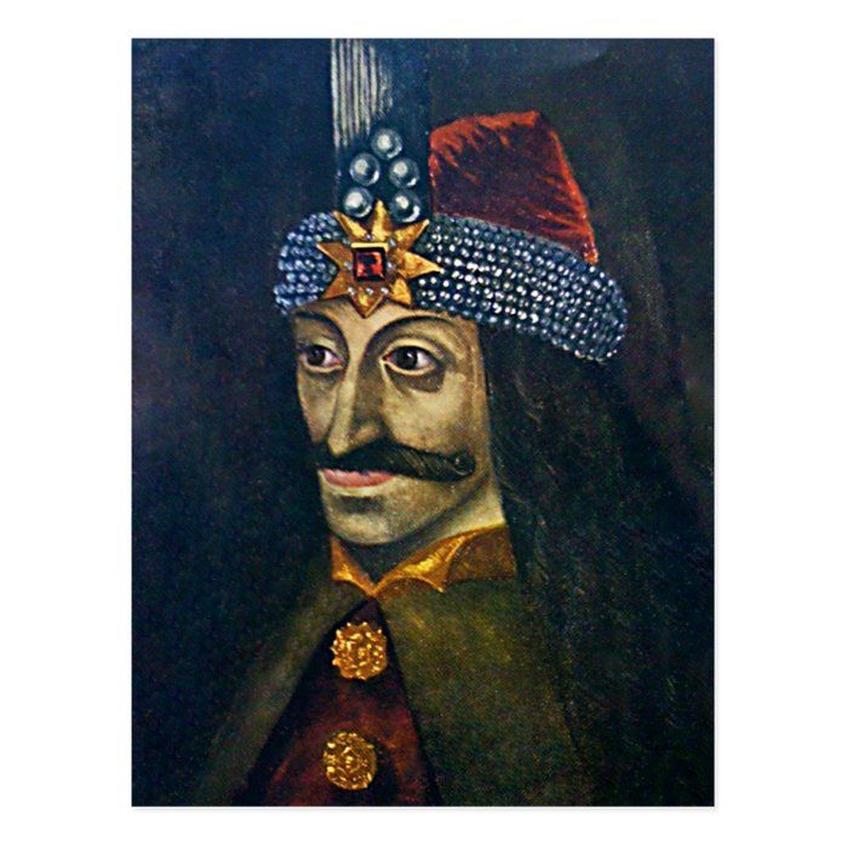
So, when Bram Stoker named his vampire “Dracula,” he wasn’t pulling a name out of thin air; he was anchoring his character to a real historical bloodline.
From History to Horror: The Popularization of the Vlad-Dracula Link
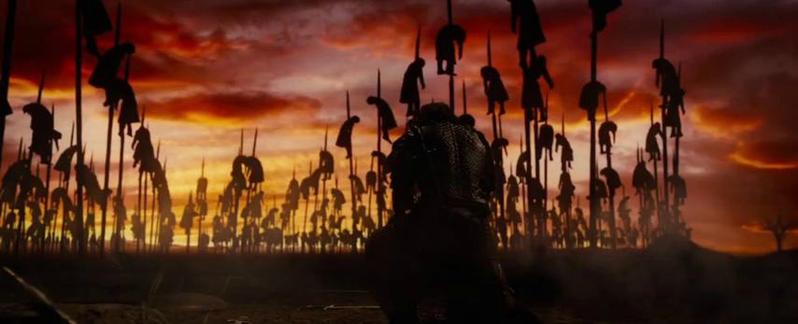
Fast forward to 1973—two scholars, Radu Florescu and Raymond T. McNally, published In Search of Dracula: A True History of Dracula and Vampire Legends. Their work popularized the idea that Bram Stoker’s Dracula was directly inspired by Vlad the Impaler’s terrifying reputation.
Were their conclusions airtight? Not exactly. There are plenty of experts who challenge this direct link, but the idea caught on like a vampire bite at a midnight party. It makes for an irresistible story: a real-life monster inspiring a fictional one.
Count Dracula: A Descendant, Not a Time-Traveling Vlad
So, does Count Dracula equal Vlad the Impaler? Not quite. Bram Stoker’s novel places Dracula as a later member of the Draculesti family. He’s a creature connected by blood but not the actual Vlad brought back from the dead in vampire form.
Remember how the novel opens with a narrator visiting a mysterious old castle in Romania? Count Dracula is introduced as someone who speaks of battles as if he’d been there, and always refers to his house collectively—using “we” like a king rather than a lone noble.
“I have had a long talk with the Count. I asked him a few questions on Transylvania history, and he warmed up to the subject wonderfully…Whenever he spoke of his house, he always said, ‘we,’ and spoke almost in the plural, like a king speaking.” [pg. 24]
This hints that Dracula is a symbolic figure, a representation of a family’s dark history and power, rather than a supernatural Vlad who just won’t quit death.
Literary Tropes and the Gothic Castle
The “decaying noble mansion” is a classic trope. Villains and mysterious figures lurking in old castles pop up throughout literature and film—think The Fall of the House of Usher or even Beauty and the Beast. So in the late 19th century, when Stoker wrote Dracula, he was tapping into that gothic vibe, not crafting a documentary biography.
By setting the vampire as a “count” in a remote Romanian castle, Stoker uses familiar dark motifs to set a chilling stage. The link to the Dracul family would immediately signal nobility, ancient lineage, and some vested claim to power, all wrapped in mystery.
The Debate That Still Haunts Scholars
Readers and researchers often ask: Is Dracula Vlad the Impaler in a vampire costume? It’s a fascinating question, but the best answer is “sort of, but not really.” The Dracula in the novel represents a gothic echo of Vlad’s family legacy and some of his brutal reputation, not a direct, undead reincarnation.
For example, when Dracula laments the fall of his kind and the betrayal of his bloodline, he invokes real historical grievances that Vlad faced:
“Who was it but one of my own race who as Voivode crossed the Danube and beat the Turk on his own ground? This was a Dracula indeed! Woe that his own unworthy brother…sold his people to the Turk and brought the shame of slavery on them!” [pg. 25]
The novel thus pays homage to Vlad’s legacy while weaving a supernatural narrative that is much creepier and more captivating.
What Does This Mean for Vampire Fans?
If you’re a Dracula fan, this layered origin story adds an intriguing depth. You get to enjoy the fictional terror of the vampire Count without confusing him with the very much mortal Vlad—the historical warlord known for his ruthless methods. You get myth and history swirling together, not a simple copy-paste from fact to fiction.
This mix also reminds us how legends form. Real people, reputations, and cultural fears melt into stories that later become folklore. Vlad the Impaler’s bloody past did inspire Bram Stoker, but with generous doses of imagination, gothic sensibility, and a flair for the dramatic.
Final Bite: Should You Trust the Vlad-Dracula Story?
Take this with a stake of salt. While the name and family link are very real, Dracula is ultimately a fictional character inspired by multiple sources, including vampire myths from Eastern Europe, gothic literature tropes, and Vlad’s terrifying legend.
One thing’s clear: the story of Dracula’s inspiration is as layered as the vampire myth itself. It’s a tale of history meeting fiction, with a hearty splash of mystery and a tingle of fear. And isn’t that what good stories are made of?
- Do you think the connection to Vlad makes Dracula scarier or just more interesting?
- How would you reinvent Dracula if you focused on Vlad’s brutal tactics instead of vampire powers?
For those keen on understanding the real Dracula roots, digging into the Draculesti family history alongside gothic literature is a thrilling journey. It’s proof that sometimes the scariest monsters come dressed in the costumes of our past.
